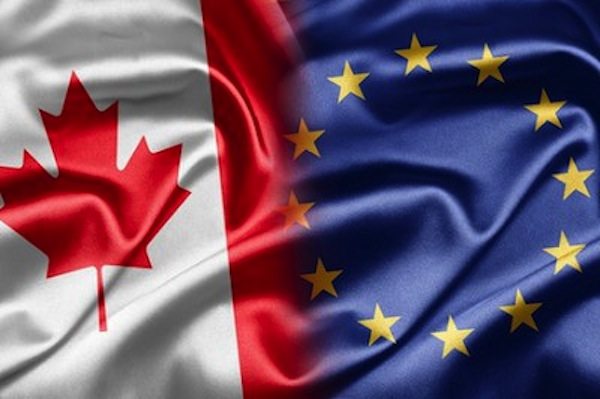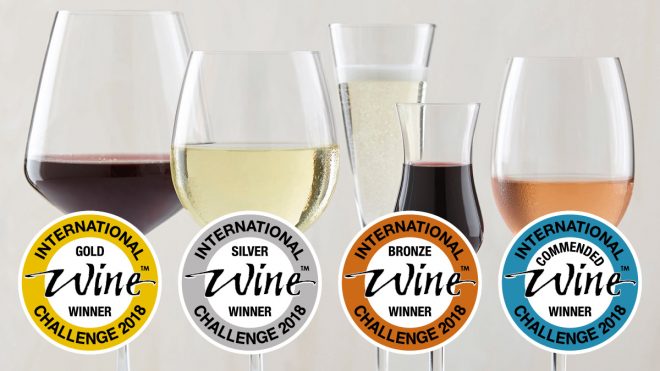A recent Sola Report from Wine Intelligence highlights that there is a huge opportunity for the industry to produce more alternative wines.
The Sola Report is an acronym for the alternative wines sector, which includes sustainable, organic, lower-alcohol and other alternative wines. The Sola Report tracks how the alternative wine market changes from year to year, and includes an opportunity index, which crosses 11 markets and 12 sub-categories – this determines where Sola wines have the greatest chance of success.
Emily Carroll, who compiled the report for Wine Intelligence, said the “prominence of the organic movement continues to be evident: organic wine tops the Sola wine opportunity index for the second year in a row, most likely due to the popularity of organic food across the world.
“Following closely behind is Fairtrade wine and generic concept wines ‘sustainably produced’ and ‘environmentally friendly’— all three types associated with a blend of social, economic and environmental responsibility.”
She said increasing awareness among consumers for alternative wines was the result of a “fundamental shift in consumer attitudes, led by the younger generation. What was once seen as ‘hippy’ is now the mainstream, with many consumers, particularly those under the age of 45, adopting socially, environmentally and economically responsible habits. This requires companies to act more ethically responsible and more transparent, which naturally also applies to the wine industry”.
She added that “younger wine drinkers present the most opportunity for alternative wines due to their open-minded attitudes and willingness to invest time, education and money into their health. Young wine drinkers are not only more likely to purchase alternative wines such as organic, Fairtrade or sustainable wines compared with older drinkers, but are also more willing in general to pay a premium for wine in the off- and on-trade”.
However, she said, the challenge would be to “engage this cohort with the alternative wine category, as younger consumers are very much attuned to other drinks categories, like craft beer and gin, and also are less likely to be participants in the alcoholic beverage category to begin with”.
She also said there is “less appeal for alternative wines with more complex titles including orange or skin contact wine as well as biodynamic wine. Interestingly, even though veganism and vegetarianism is on the rise, these two Sola wine categories rank the lowest in the 2019 global Sola wine opportunity index”.
The first Sola report was released in 2018. It surveyed consumer sentiment towards 12 alternative wine types in 11 key wine markets, looking at awareness, purchase intent and affinity towards alternative wines. The 2019 report has been expanded to include vegetarian wine and five new markets and is “now representative of 250 million regular wine drinkers from a broad spread of geography, culture and economic development”.





